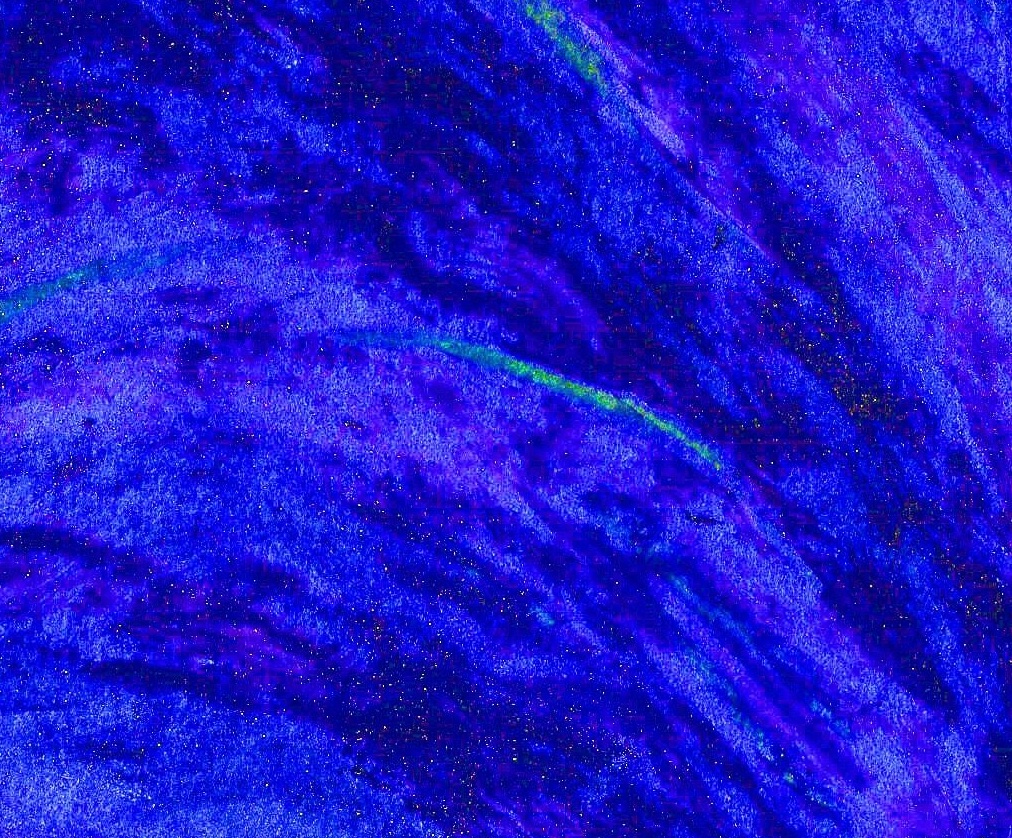
Colored Letters and Numbers
I have colors for letters and numbers. Thus far, this is the most common form of synesthesia known to the scientific community. Although some people report stronger color associations for numbers or for letters when both forms are present, I experience colors for numbers and letters with equal intensity. The colors are specific, consistent, and go back as far as I can remember.
Sometimes I forget that other people do not share my perceptions. Just as it can be difficult for some to imagine that numbers and letters have colors, I have difficulty imagining them without colors. In addition, it is fun for me to share experiences with other synesthetes, but invariably we will differ in the particular colors we perceive for a number or letter. I have had conversations with my best friend, saying “No! How can you possibly think that the number 2 is buttery yellow?! It is clearly a dark royal blue!” She also experiences genders and personalities for her letters and numbers, which my perceptions do not include. Somehow, our friendship survives our synesthetic differences.
I have found that at times, my colors for numbers and letters can serve as a memory aid. For example, I learned a code to access facilities at an apartment (512) which has the corresponding synesthetic colors of red, white, and blue. Fortunately, I never forgot the code because it is easy for me to remember the colors of our nation’s flag. Admittedly, there was a brief moment where I wondered if management had assigned these numbers (colors) on purpose before I remembered that these are my individual perceptions.
Colors for People
My synesthetic color experiences for people are different from my experiences for letters and numbers in a few ways. Whereas I cannot remember a time that any letter or number did not possess a particular color, my colors for people develop as I form new relationships with them. Interestingly, the colors for letters and numbers are bound within the shape of the number or letter, where my colors for people are amorphous, and have the impression of movement. In addition, most people I encounter do not get colors, which has become a sore point with some of my friends. As fond as I may be of someone, it does not necessarily mean that that person will acquire a color. I have noticed that if someone has some kind of power or authority over me – a supervisor or a professor, for example – that person is much more likely to get a color. In addition, the beauty of the color corresponds with my feelings of warmth towards the person. Romantic relationships or feelings of attraction nearly always inspire colors for the objects of my affection.
My colors for people are similar to my colors for letters and numbers in that once I have formed a color for someone that color is unlikely to change. If the color does change, it will fade slightly and become a hue that is a bit more subdued at the most. Once the color or colors have formed, there is very little I can do to change it. I have had “color requests” from people, asking me to assign their favorite colors to them, but I have no control over the color associations I form. This lack of conscious control is similar to my inability to change the colors I have for numbers and letters. Simply put, in my mind, they just are what I perceive them to be.
